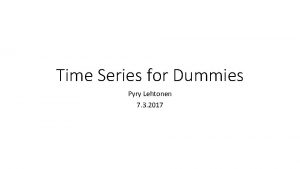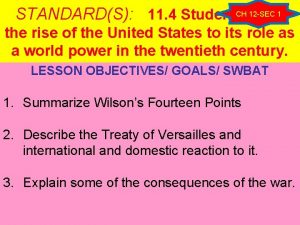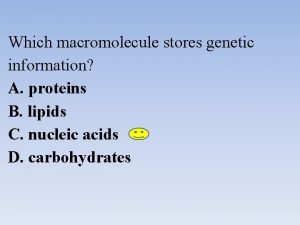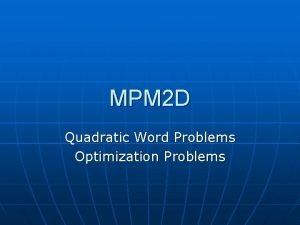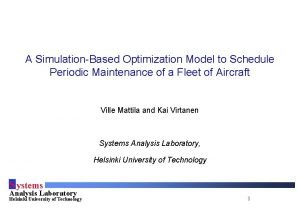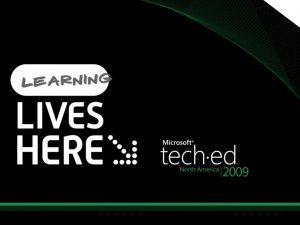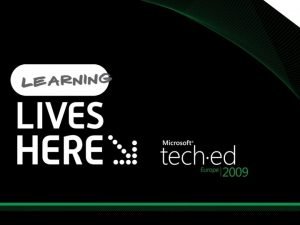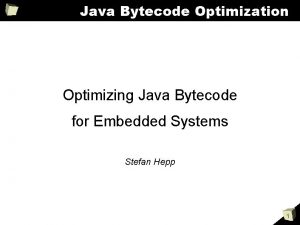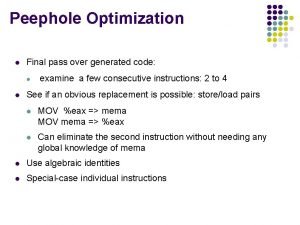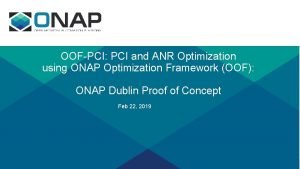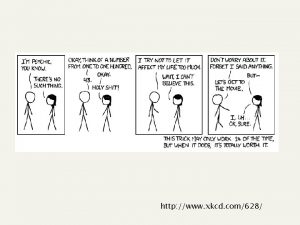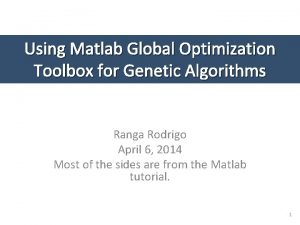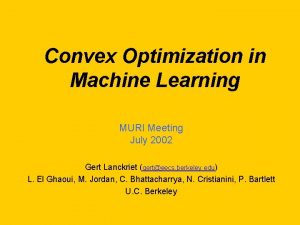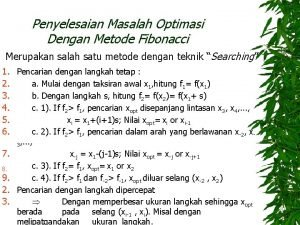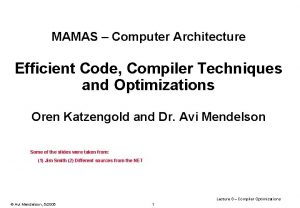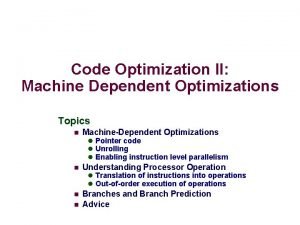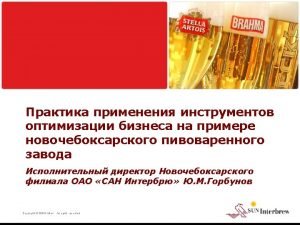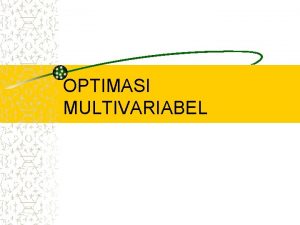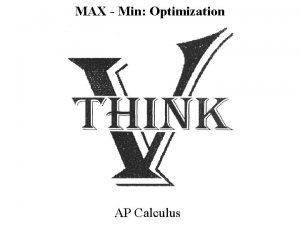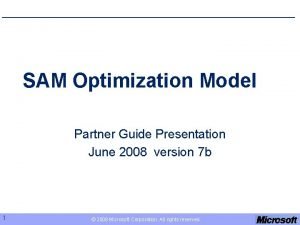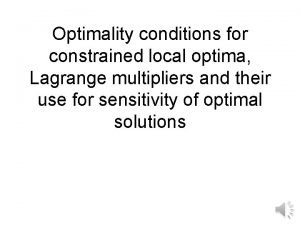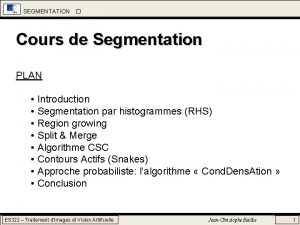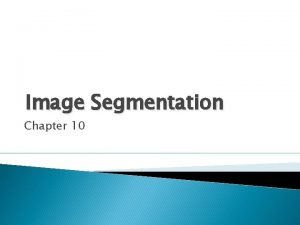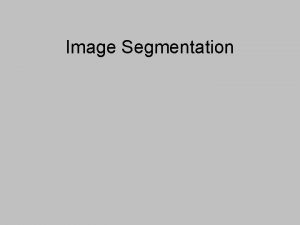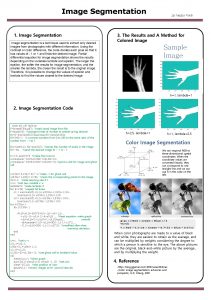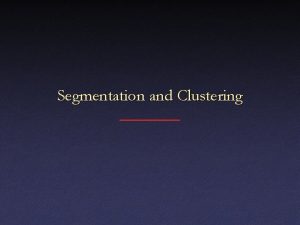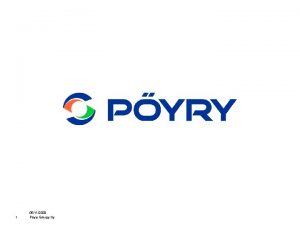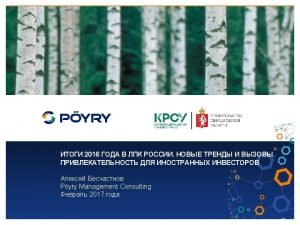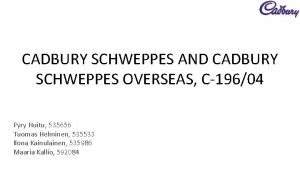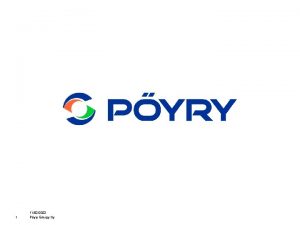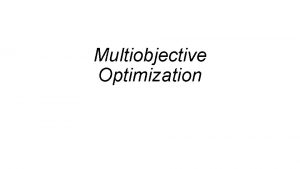Segmentation Through Optimization Pyry Matikainen He who fights

















































- Slides: 49

Segmentation Through Optimization Pyry Matikainen

“He who fights with monsters should look to it that he himself does not become a monster. ” -Friedrich Nietzsche, Beyond Good and Evil

Formulate Problem ly s e tiv sion c a i ro dec t Re ify st ju Force problem into favorite algorithm “Refine” Publish Gradient ascent via parameter tweaking

What is wrong with this? Formulate Problem ely ns v i t o ac cisi o tr de Re ify st ju Force problem into favorite algorithm “Refine” Publish • Difficult to use • Difficult to extend • Difficult to study Gradient ascent via parameter tweaking

Z. Tu and S. C. Zhu (2002) to the rescue! and also Ren and Malik (2003)…

Z. Tu and S. C. Zhu. Image Segmentation by Data-Driven Markov Chain Monte Carlo. PAMI, vol. 24, no. 5, pp. 657 -673, May, 2002: The DDMCMC paradigm combines and generalizes these [all other] segmentation methods in a principled way.

Segmenter Evaluator Optimizer

Everything is search.


Evaluator Optimizer

“What is a good segment? ” Ren and Malik (2003)


How do we model a segment? Texture Contours Raw pixel values


x 2 G(x) h(f(x)) G(b(x) - x)

(gaussian) (histogram) (gabor) (Bezier)


Number of regions Region perimeter length (smoothness) Notably absent: the data Region area Region appearance model complexity


Superpixels (normalized cuts) Oriented energy Brightness Texture (textons)

* Classifier G(W|I)




Evaluator Optimizer


MCMC is a technique for sampling from distributions.


Number of regions Region? ?

Ren and Malik Merge Split Boundary competition The ‘data driven’ part revealed! Model adaptation Switching image models




Data driven = do some clustering to make the MCMC faster.

Evaluator Optimizer

Tu & Zhu


Ren & Malik



Tu & Zhu New paradigm? Combines and generalizes other techniques? Principled? Good results? Ren & Malik 1/2 0 0 1 1/3

Evaluator Optimizer Evaluator

(gaussian) (mixture of gaussians) (3 x Bezier spline)

(g 1) (gaussian) (g 2) (histogram) (g 3) (gabor filter) (g 4) (Bezier spline)

Number of regions Region appearance model parameters Region appearance model Pixels in region

MCMC

Xiaofeng Ren and Jitendra Malik. Learning a Classification Model for Segmentation. ICCV 2003.

Boundary between i and j

Classification certainty Tu and Zhu 2002 Sampling P(W|I) Generative models Pixels Ren and Malik 2003 Maximizing G(W|I) Discriminative models Superpixels
 Pyry lehtonen
Pyry lehtonen Pyry lehtonen
Pyry lehtonen Juha matikainen
Juha matikainen Sini matikainen
Sini matikainen Sanna matikainen
Sanna matikainen The americans chapter 19
The americans chapter 19 Anger is at the root of most arguments and many fights.
Anger is at the root of most arguments and many fights. Ikea cancer
Ikea cancer Guided reading wilson fights for peace
Guided reading wilson fights for peace The new deal fights the depression
The new deal fights the depression How can anger and revenge lead to fights
How can anger and revenge lead to fights Which macromolecule stores energy
Which macromolecule stores energy Fiona fights robin hood
Fiona fights robin hood What causes fights and quarrels
What causes fights and quarrels Chapter 19 section 4 wilson fights for peace
Chapter 19 section 4 wilson fights for peace A new deal fights the depression
A new deal fights the depression Targeting strategy
Targeting strategy Furcation involvement
Furcation involvement Disadvantages of timber conversion
Disadvantages of timber conversion Nissim ezekiel night of the scorpion
Nissim ezekiel night of the scorpion By one man sin
By one man sin Quadratic word problems
Quadratic word problems Aircraft maintenance schedule optimization
Aircraft maintenance schedule optimization Ram optimization pack
Ram optimization pack Group policy change management
Group policy change management Jquery optimization selectors
Jquery optimization selectors Joptimizer
Joptimizer Max simkoff
Max simkoff Cognos 8 performance tuning
Cognos 8 performance tuning Return pass jnl
Return pass jnl Onap optimization framework
Onap optimization framework Fun optimization problems
Fun optimization problems 010001011
010001011 Googlle slides
Googlle slides Workforce optimization avaya
Workforce optimization avaya Humidity 2 optimization
Humidity 2 optimization Global optimization toolbox
Global optimization toolbox Convex optimization in machine learning javatpoint
Convex optimization in machine learning javatpoint Metode fibonacci
Metode fibonacci Cosmos db query optimization
Cosmos db query optimization Ganetxl
Ganetxl Optimization techniques
Optimization techniques Machine dependent code
Machine dependent code Voyager plant optimization
Voyager plant optimization Matriks hessian 3 variabel
Matriks hessian 3 variabel Espresso automation
Espresso automation Optimization ap calculus
Optimization ap calculus Sam optimization model
Sam optimization model Lagrange multiplier
Lagrange multiplier Sam optimization model
Sam optimization model
